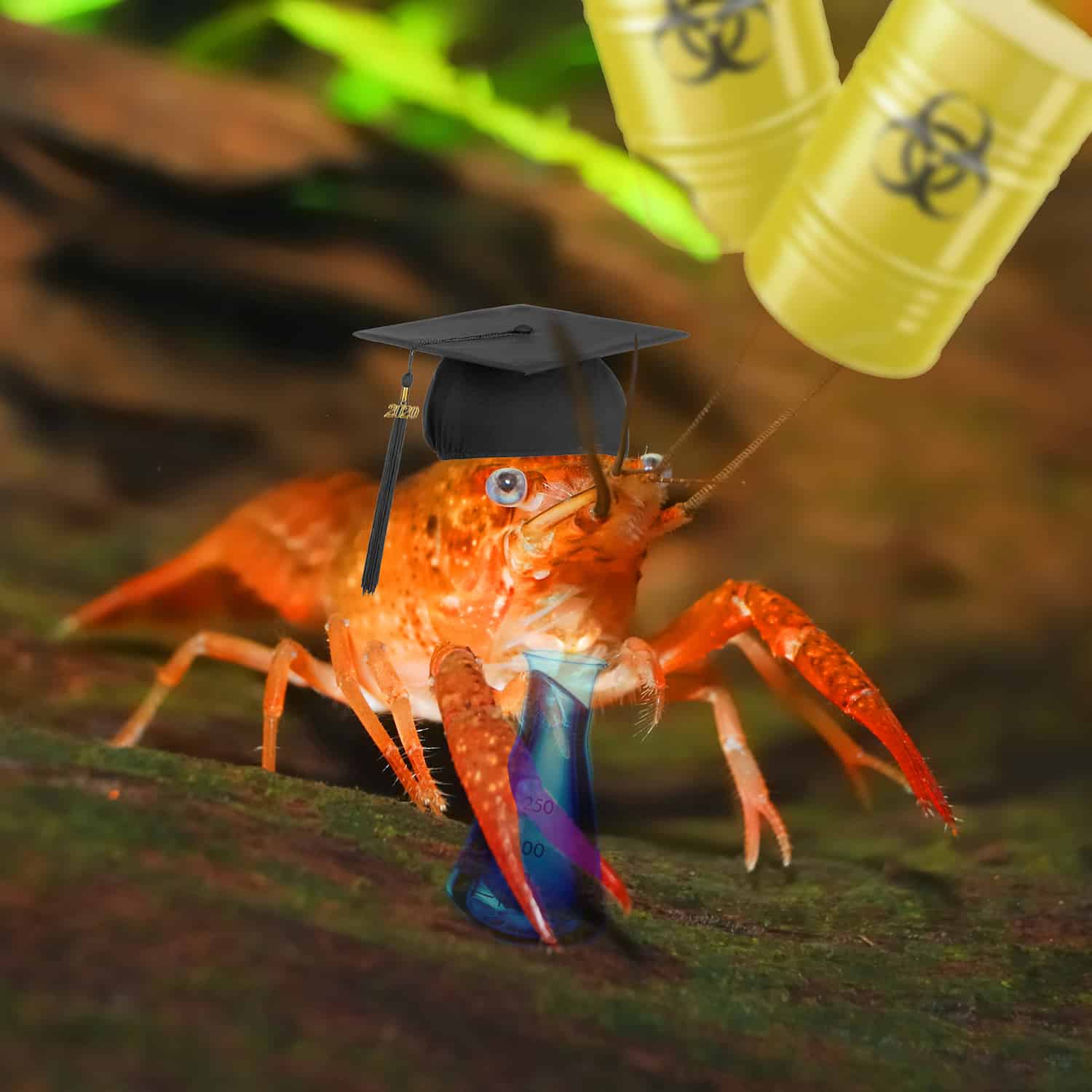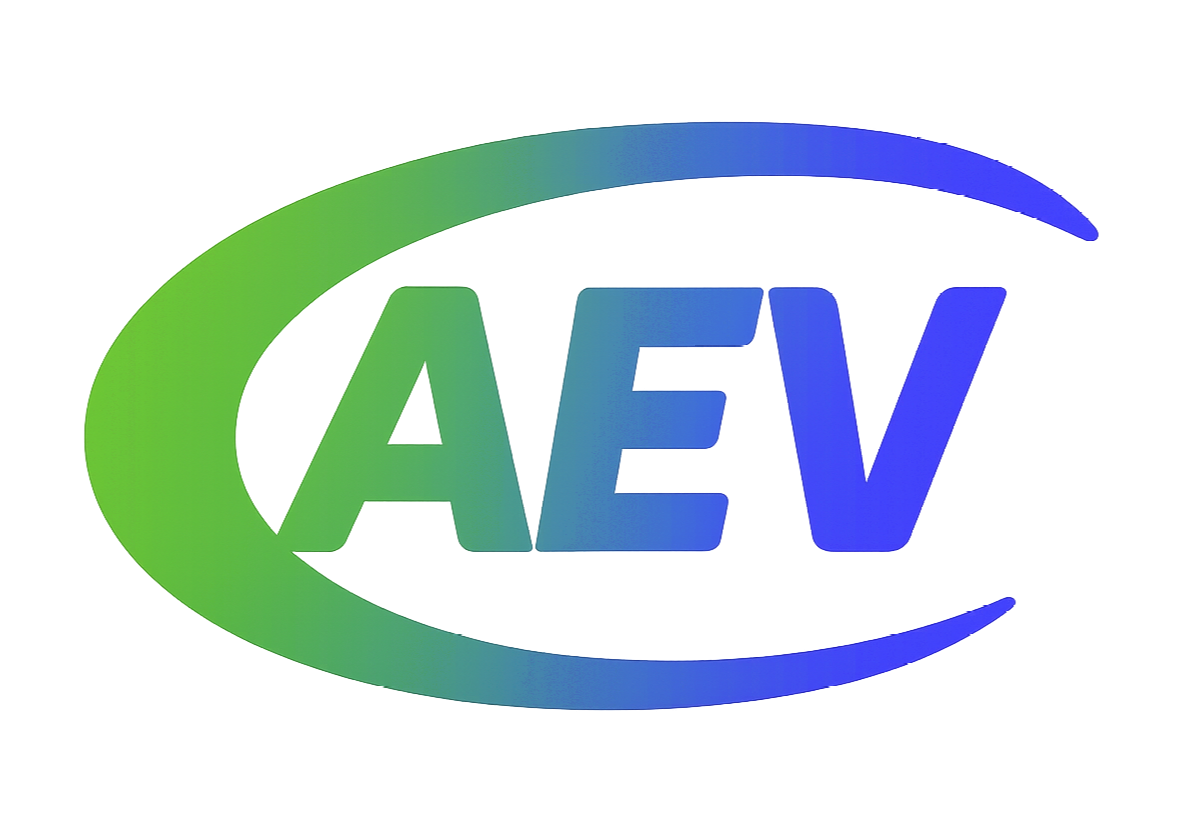Animals can indicate water toxicity

Water inhabitants – the most accurate indicator of the level of water treatment
Toxicity is the degree of perniciousness of a pollutant for living organisms. A single answer cannot be given to the question ‘‘How toxic is the pollutant’’, because it depends on the point of view. Toxicity is not a strict parameter (either whether there is toxicity or not), but it is determined by the dependence of the pollutant dose and the response of a living organism to it. Toxicity occurs in specific conditions related to the general health status of organisms, biological receptor sensitivity, type and length of exposure and toxicant concentrations.
There are insufficient data on toxicity, and therefore, the development of a new and additional refinement of old indicators is extremely needed. This article provides an example of studying toxicity levels using laboratory experiments with the use of living organisms for wastewater discharged into the seas and nearby territories. Luminescent (luminous) bacteria, bivalves and crustaceans were used as test objects – these organisms are recognized by international organizations as standards for developing toxicity indicators. When developing all toxicity indicators, it is generally accepted to use the concept of LD50 – the lethal dose at which 50% of the tested organisms die.
As a result of the experiments, a 5-level gradation of wastewater toxicity was developed (they are also highlighted according to the recommended colors): 0 (no toxicity – no action required); 1 (low toxicity – action required in the long run); 2 (medium toxicity – actions required in the medium term); 3 (high toxicity – action required in the short term); 4 (very high toxicity – urgent action required).
Using a special logarithmic formula, which is described in detail in the full version of the article, the link below was used to calculate the toxicity scores for the species of living organisms studied, the results of which are presented in the table below.

As can be seen from the data obtained, all species of the studied organisms showed a similar sensitivity threshold only at the lowest level of pollutant. At the same time, luminescent bacteria showed the lowest response rate for pollutant exposure from polluted effluents, and the crustacean showed medium.
The toxicity scores and the WTI developed in this research provided suitable tools to manage wastewaters and potentially to check waste water treatment technologies efficiency for hazard prevention. It should be highlighted that the same method could be implemented for freshwater species, for example using the existing databases for discharges toxicity of local environmental protection agencies in order to allow toxicity scores generation. Further research will be needed to improve the reliability of this approach, introducing other relevant brackish and seawater testing species and increasing the number of samples.
Full Text:
Libralato G., Annamaria V. G., Francesco A. How toxic is toxic? A proposal for wastewater toxicity hazard assessment //Ecotoxicology and environmental safety. – 2010. – V. 73. – N. 7. – P. 1602-1611.
https://www.sciencedirect.com/science/article/abs/pii/S014765131000062X
